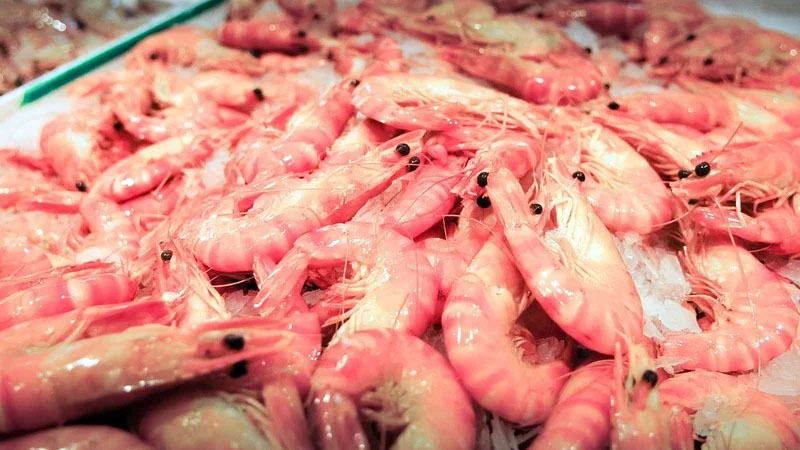Exclusive content

The latest data from the National Oceanic and Atmospheric Administration (NOAA) has revealed a notable shift in the dynamics of the US shrimp market. After six consecutive months of steady price increases, the average price for imported US shrimp has experienced a decline. This downturn marks a significant change in the trajectory of the industry, affecting both import volumes and values.
Price Decline Overview
According to NOAA data, the overall average price for imported US shrimp stood at 7.75 USD/kg in January, reflecting a 9% decrease compared to the previous month. This figure is also 2% lower than the average price reported in December 2023, indicating a persistent downward trend. The Directorate of Fisheries highlighted that this decline in prices follows a period of consistent growth, underscoring the volatility of the market.
The decline in prices coincides with a noticeable drop in import volumes. In January 2024, the US imported 59,629 tons of shrimp, representing a 14% decrease compared to the same period last year. Similarly, the total import value plummeted by 21% year-on-year, reflecting the significant impact of shifting market dynamics on trade flows.
End of Growth Streak
This decline in import volumes and values marks the end of a six-month streak of year-on-year volume growth. Despite experiencing 13 consecutive months of decline prior to this period, the industry had shown signs of recovery. However, the recent downturn suggests a reversal in this trend, posing new challenges for stakeholders across the supply chain.
A closer examination of key shrimp-exporting countries provides further insights into the evolving market landscape. India, the largest source of US shrimp imports, witnessed a notable decline in both volume and value. Similarly, countries like Ecuador, Indonesia, Vietnam, and Thailand experienced varying degrees of decrease in export volumes and values, reflecting the widespread impact of changing market conditions.